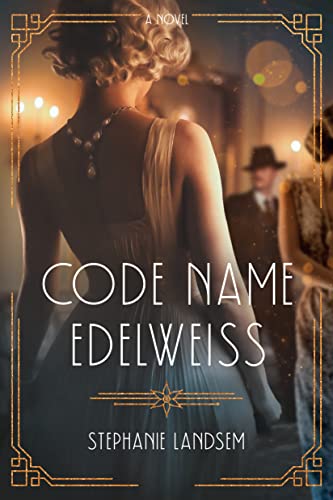Code Name Edelweiss
In summer 1933, beautiful and talented Liesl Weiss works for MGM as a typist and stenographer. All studios are laying off, and MGM lets her go. Liesl’s husband and the father of their two small children recently walked out, leaving behind a goodbye note and a week’s pay. Hitler is on the rise, and his influence has reached California. Liesl’s Jewish friends and neighbors are mistreated by local shops and at school. Liesl’s brother, a newly hired cop, has joined a pro-Nazi group. Liesl’s widowed German mother runs the house and watches Liesl’s children.
Desperate to find work, Liesl hires on as a spy for powerful real-life lawyer Leon Lewis. He sees the Nazi infiltration into Southern California and tries to thwart it. Liesl volunteers as the all-around staffer at a local German office, where she fits right in—tall, blonde, able to speak and write fluent German. There she learns of plans to oust American Jews, kill Jewish Hollywood producers, and install Nazi loyalists to take over Hollywood movie productions. Lewis hires other spies, notably shadowy Agent Thirteen, a former private investigator and Pinkerton detective. Liesl and Agent Thirteen work together, but few others can be trusted. The local police, the FBI, studio staff all have Nazi loyalists. Honest law enforcement people don’t yet believe the threat.
The impact of the Great Depression on Hollywood and WWI veterans with no jobs is well done, and Hitler’s influence rings true. Liesl and Agent Thirteen are engaging characters. Though well-paced from the first pages to the helter-skelter ending, the story’s many plot lines seem unresolved. The story might have worked better if split into two novels with parts of this one saved for the sequel.










